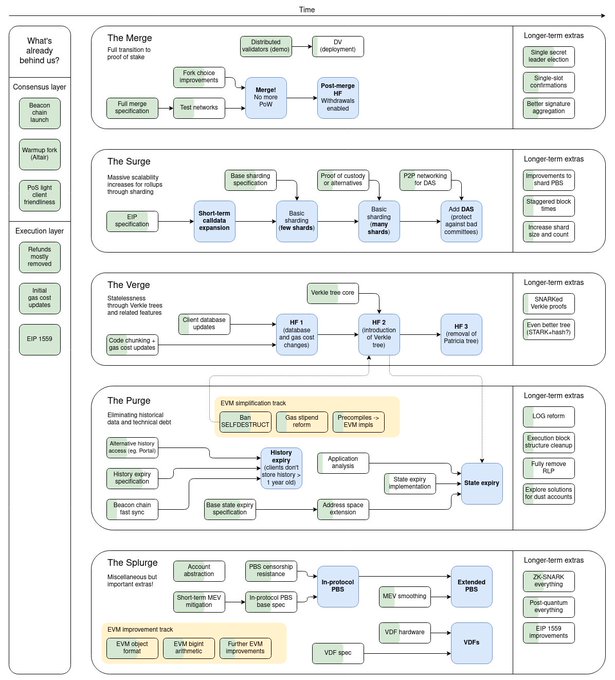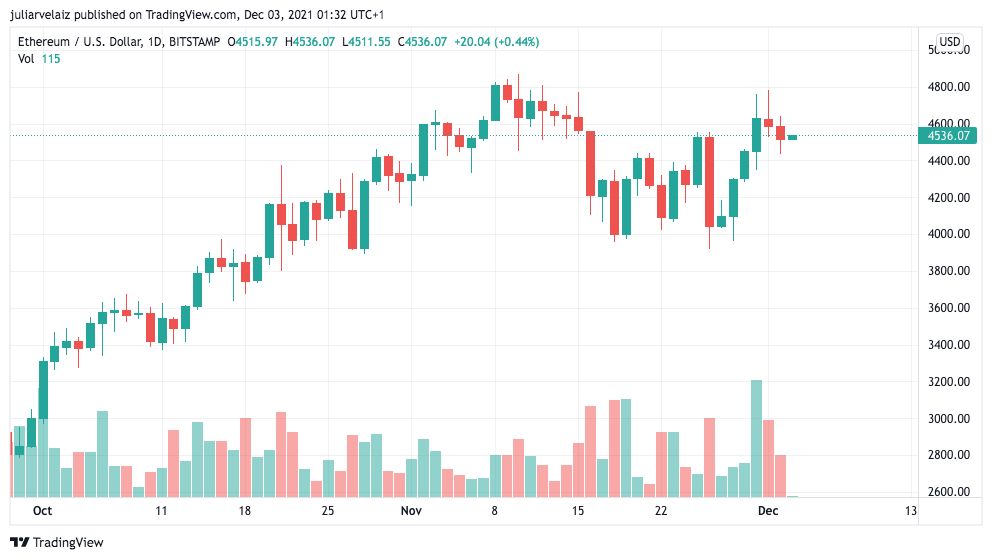The Ethereum 2.0 upgrades of the consensus layer constructed by a number of groups within the ecosystem promise to convey a “extra scalabe, safer, and extra sustainable Ethereum”, and now Vitalik Buterin celebrates 1 yr because the proof-of-stake Beacon Chain went reside. Eth2 or Serenity goals to “help 1000s of transactions per second” so the excessive fuel charges drawback might be solved.
The Beacon Chain, one in every of Ethereum 2.0’s distinct sections, has allowed customers to be Eth2 validators by staking Ethereum, reportedly incomes as much as 10% yearly, diminishing miners for transaction validation, and including new blocks.
Ben Edgington, the lead product proprietor of the Teku Eth 2.0 shopper, had defined that “Slashing penalties had been lowered initially of the Beacon Chain to extend stakers’ confidence. Now that we’re all way more comfy with staking, penalties are step by step being elevated in direction of their ‘crypto-economically appropriate’ values.”
The August replace within the London onerous fork proceeded to implement EIP-1559, altering the transaction payment system. Like so, the ETH burning began, which now sees a complete of 353,615.10 8.19
Associated Studying | Over 1 Milllion ETH Has Been Burned Since Ethereum EIP-1559
Eth 2.0 Roadmap At The Beacon Chain’s Birthday
The subsequent stage, The Merge, is feasible to occur round Might or June subsequent yr if the code is accomplished by February. This can ‘merge’ the Beacon Chain into the mainnet. Because it has been defined, it’s meant to finalize the transition to PoS, “Ethereum’s historical past on the PoW community will likely be preserved because the PoS consensus layer is merged in as a alternative for PoW.”

Tim Beiko stated that “the Arrow Glacier improve is scheduled for block 13,773,000, which is anticipated on December 8, 2021”, and known as for customers to improve their nodes. He expects the Kintsugi devnet to go reside early this month, that is meant to “implement a launch candidate design for The Merge”, which might be adopted by “testing, threat administration, and governance”.
Each Beiko and Edgington have mentioned that Ethereum devs are primarily centered on the Eth2 remaining steps.
The transfer to proof-of-stake is not going to instantly present any important further throughput to the Ethereum chain, so I don’t count on it to have a measurable impact on fuel costs. The scalability technique in Ethereum now revolves round layer-two options like the varied roll-ups which might be presently being deployed. As soon as The Merge is completed, we are going to deal with offering knowledge shards inside the Ethereum protocol that may permit roll-ups to scale massively.

Venture lead of Obol Labs, Collin Myers, was glad to see Distributed Validator Expertise (DVT) “on the highest” of Vitalik’s Eth2 roadmap, and defined it as a brand new infrastructure that allows “Lively-Lively redundancy throughout Eth2 infrastructure deployments”, and steered “a world the place validator key theft turns into practically not possible as a consequence of utilized cryptography”.
We imagine a extra resilient Ethereum might be realized via a collaborative infrastructure protocol that protects towards the disappearance of some community operators. DVT can an allow this by permitting a gaggle of community operators to behave as one single validator collectively – one thing we wish to name a multi-operator validator.
Associated Studying | Ethereum Rallies 5%, Why ETH Could Surge To New ATH Above $5K


